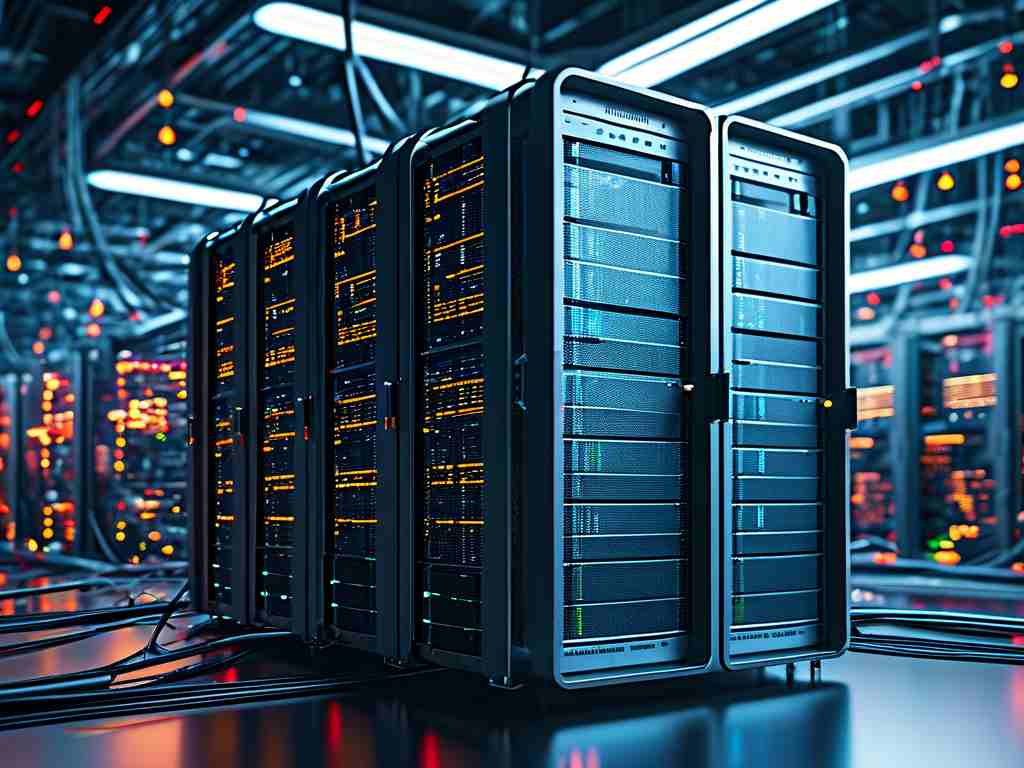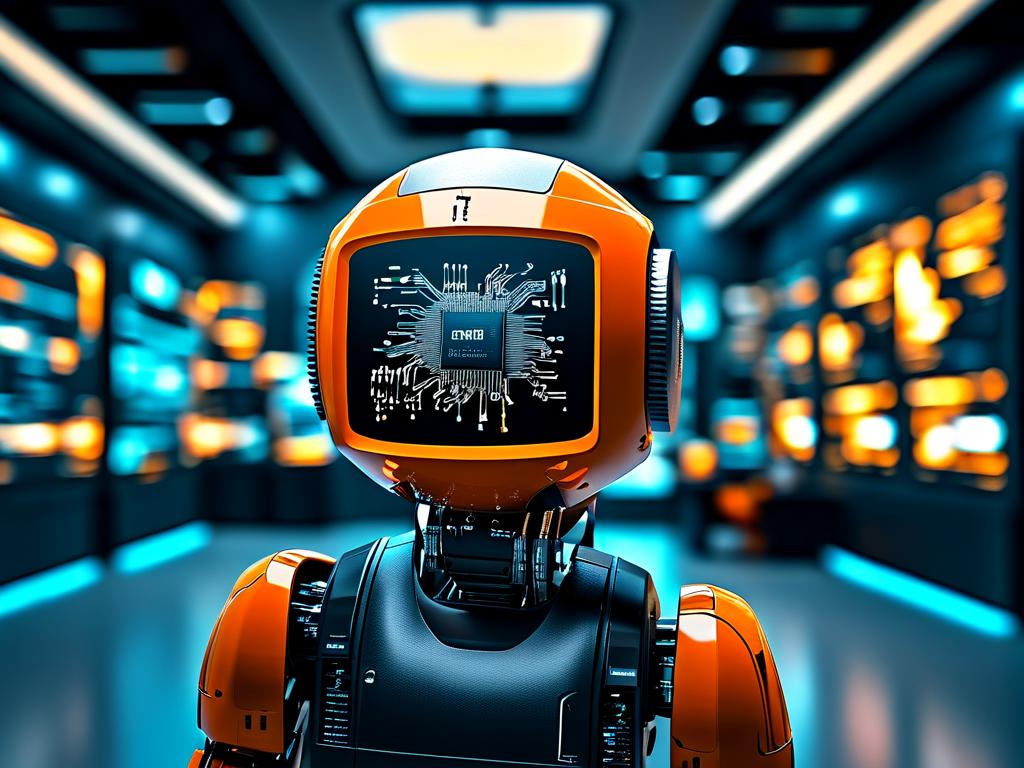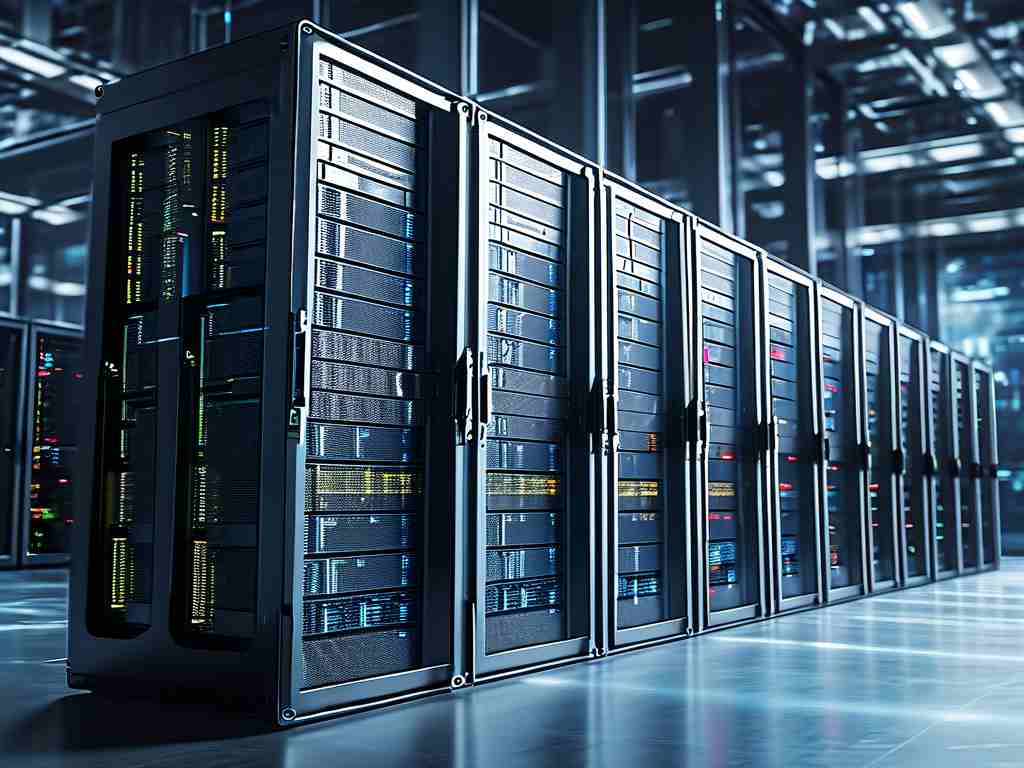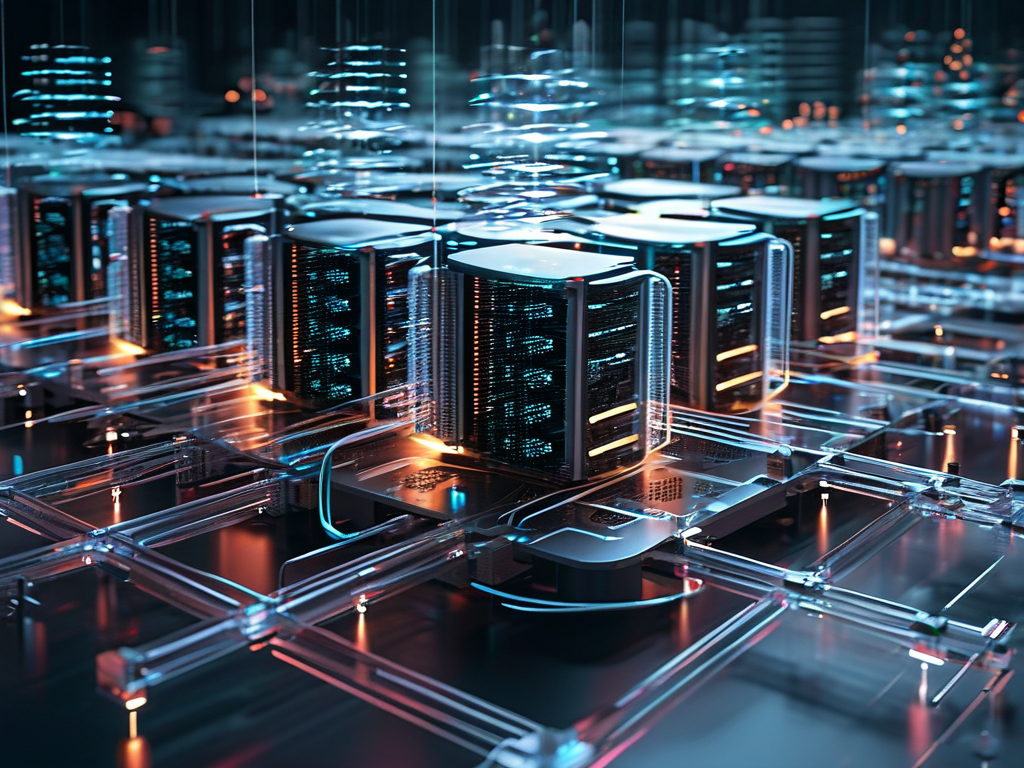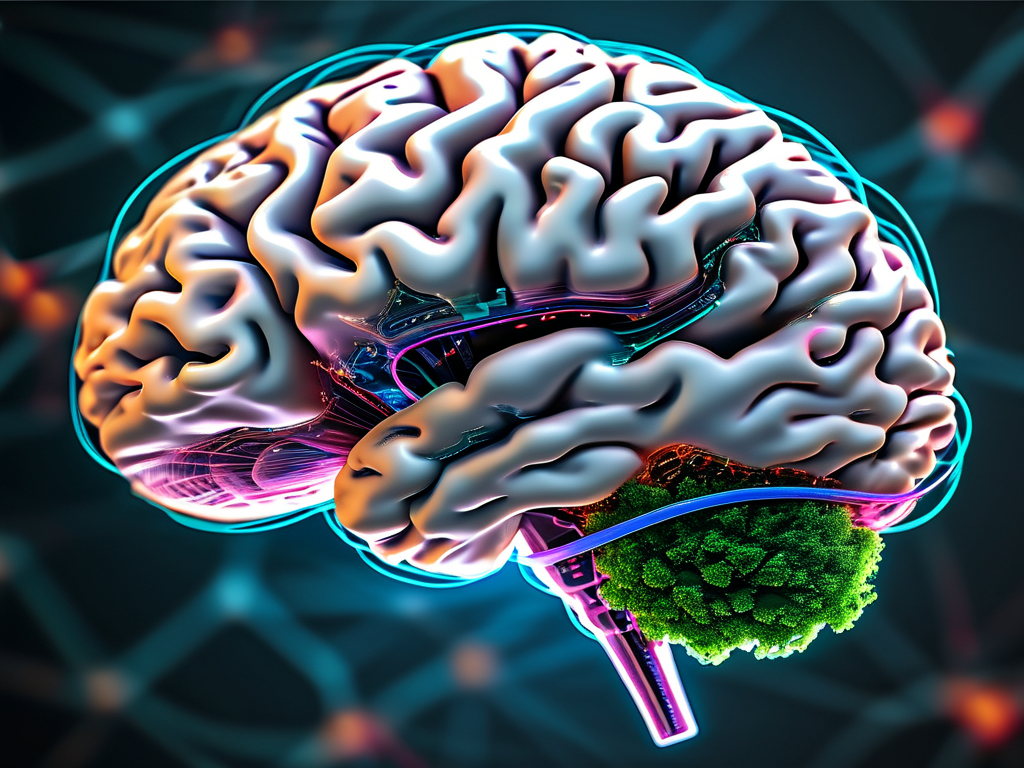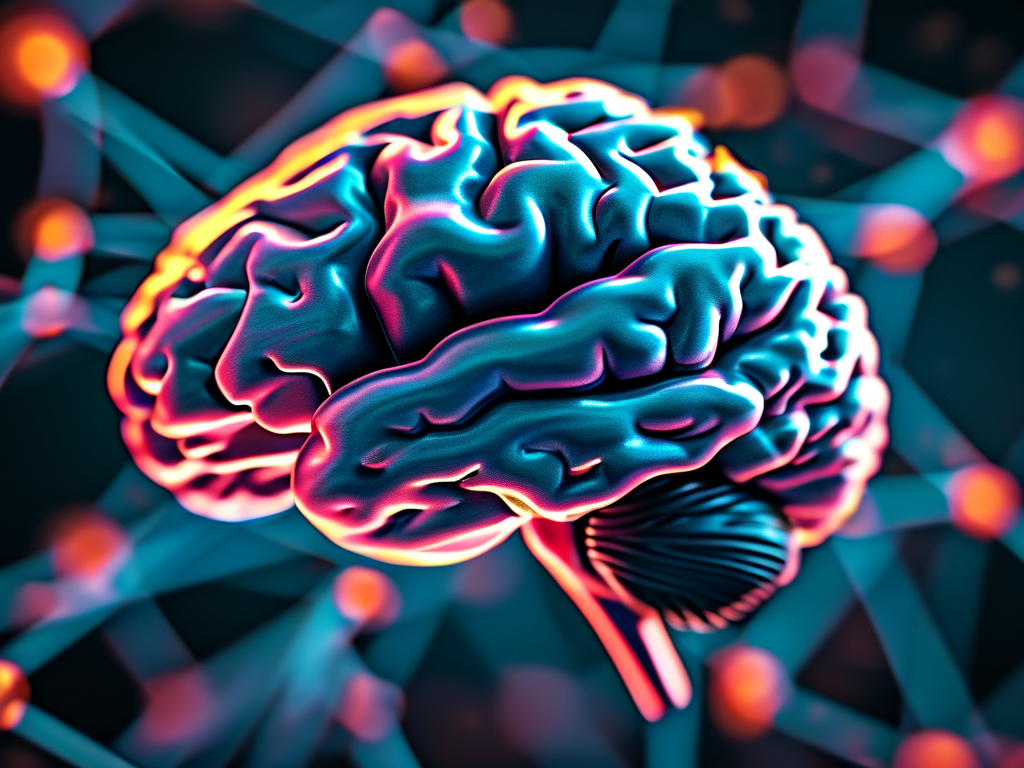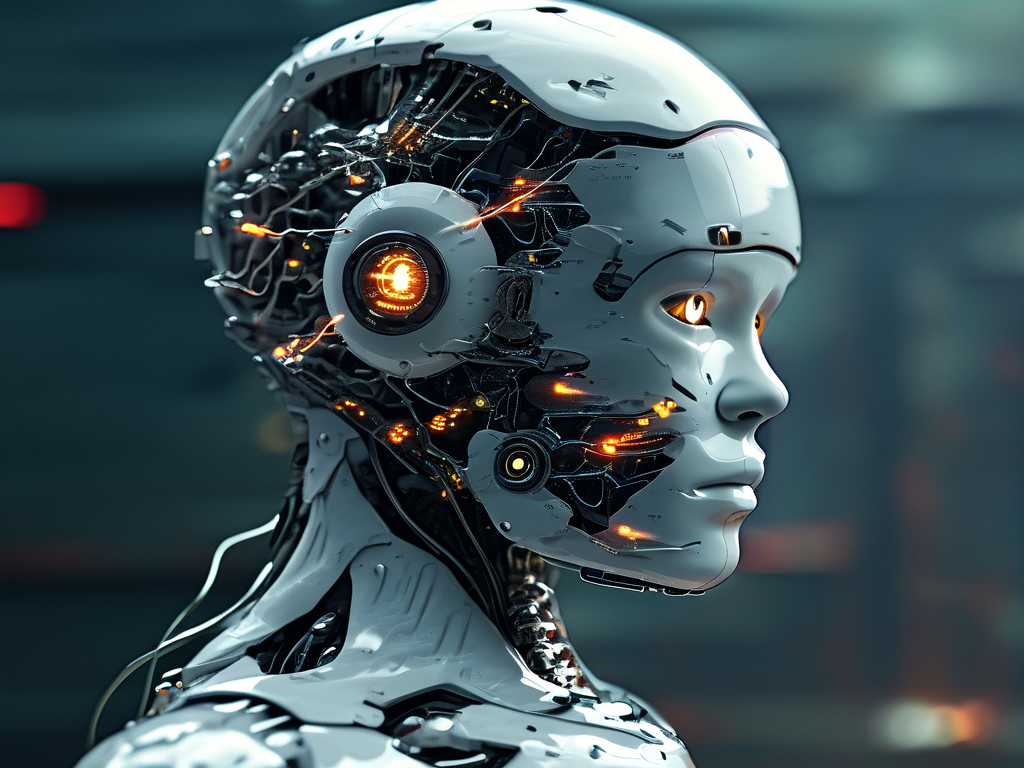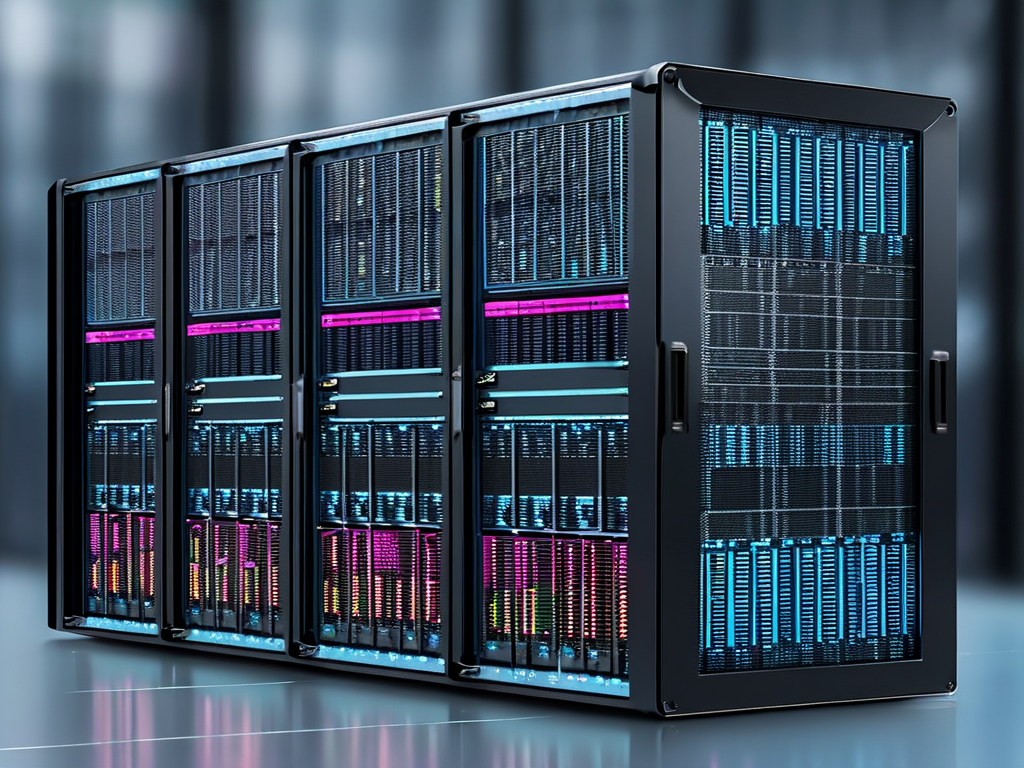The rapid advancement of artificial intelligence (AI) has pushed the boundaries of computational infrastructure, with large language models (LLMs) like GPT-4, PaLM, and LLaMA demanding unprecedented hardware resources. Among these, server memory capacity has emerged as a critical bottleneck in training and deploying such models. This article explores the memory requirements of modern AI servers, the challenges they address, and future trends in hardware design.
Why Memory Matters for Large Models
Large AI models require massive memory to store parameters, gradients, and intermediate computations during training. For instance, GPT-3, with 175 billion parameters, occupies approximately 350 GB of memory when stored in 16-bit floating-point format. When accounting for optimizer states (e.g., Adam), gradient accumulations, and activation caching during distributed training, memory demands can easily exceed 1 TB per server. This poses a dual challenge: ensuring sufficient capacity while maintaining high-speed data access to avoid computational stalls.
Modern AI workloads also rely on heterogeneous computing architectures, where GPUs or TPUs handle parallel computations, while CPUs manage data preprocessing and model coordination. Memory must be optimized for both latency-sensitive tasks (e.g., real-time inference) and throughput-oriented processes (e.g., batch training).
Current Industry Standards
Today's high-end AI servers typically feature between 512 GB and 2 TB of DDR4 or DDR5 RAM, paired with GPU-specific memory (e.g., NVIDIA H100's 80 GB HBM3 per GPU). For multi-GPU systems, aggregate memory can reach 10–20 TB, though this depends on interconnect technologies like NVLink or InfiniBand. However, even these capacities struggle with "memory-hungry" tasks:
- Training: Full fine-tuning of a 500-billion-parameter model may require terabytes of memory to store optimizer states across nodes.
- Inference: Deploying models for low-latency applications (e.g., chatbots) demands rapid access to model weights, often necessitating in-memory caching.
Memory bandwidth is equally critical. High Bandwidth Memory (HBM) in GPUs offers up to 3 TB/s, dwarfing traditional DDR5's 50–100 GB/s. This disparity highlights the need for balanced architectures where both capacity and speed are prioritized.
Technical Challenges and Solutions
1. Memory Fragmentation: Dynamic model architectures (e.g., mixture-of-experts) can fragment memory, reducing efficiency. Solutions include memory pooling and unified virtual addressing. 2. Energy Consumption: Larger memory subsystems increase power draw. Innovations like 3D-stacked memory and near-memory computing aim to reduce energy per bit. 3. Cost: High-capacity RAM remains expensive. Cloud providers now offer "memory-optimized" instances at premium pricing, pushing researchers toward hybrid approaches (e.g., model parallelism with smaller memory footprints).
Emerging technologies like Compute Express Link (CXL) promise to revolutionize memory scalability by enabling shared, disaggregated memory pools across servers. Meanwhile, quantization techniques (e.g., 8-bit or 4-bit precision) reduce memory needs but risk accuracy loss.
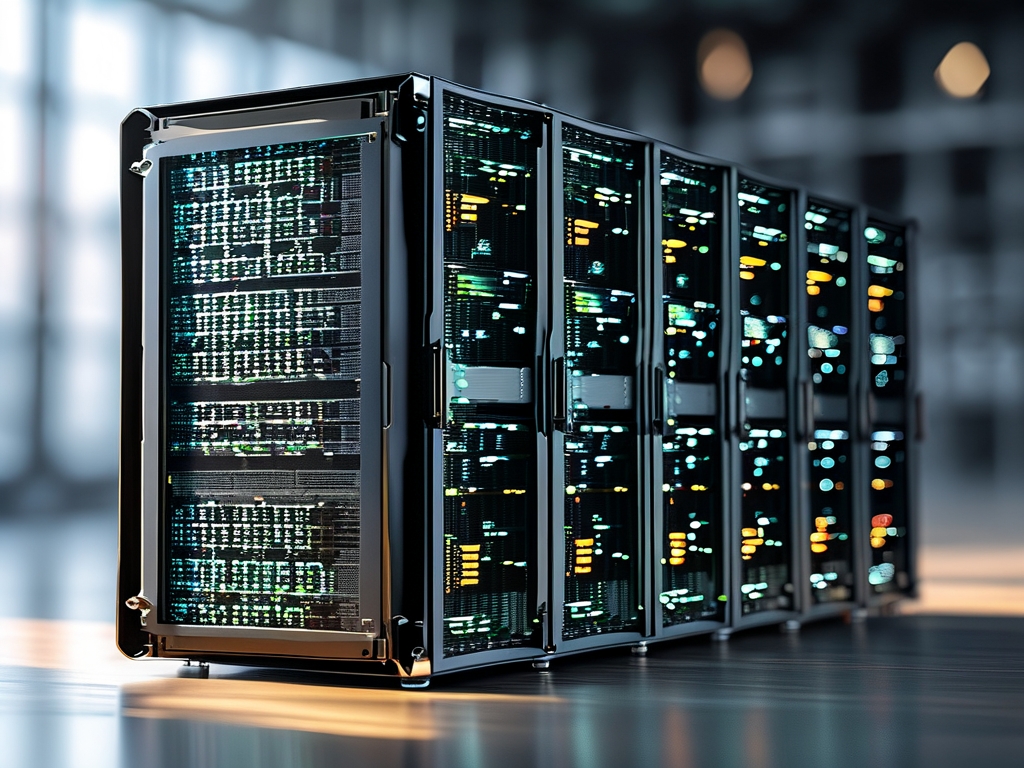
Future Trends
As models grow toward trillion-parameter scales, memory requirements will likely follow suit. Industry leaders predict that AI servers may standardize on 5–10 TB of unified memory by 2030, supported by advancements in non-volatile RAM (NVRAM) and photonic interconnects. Another paradigm shift involves "memory-centric computing," where processing occurs within memory arrays to minimize data movement-a concept already explored in research labs.
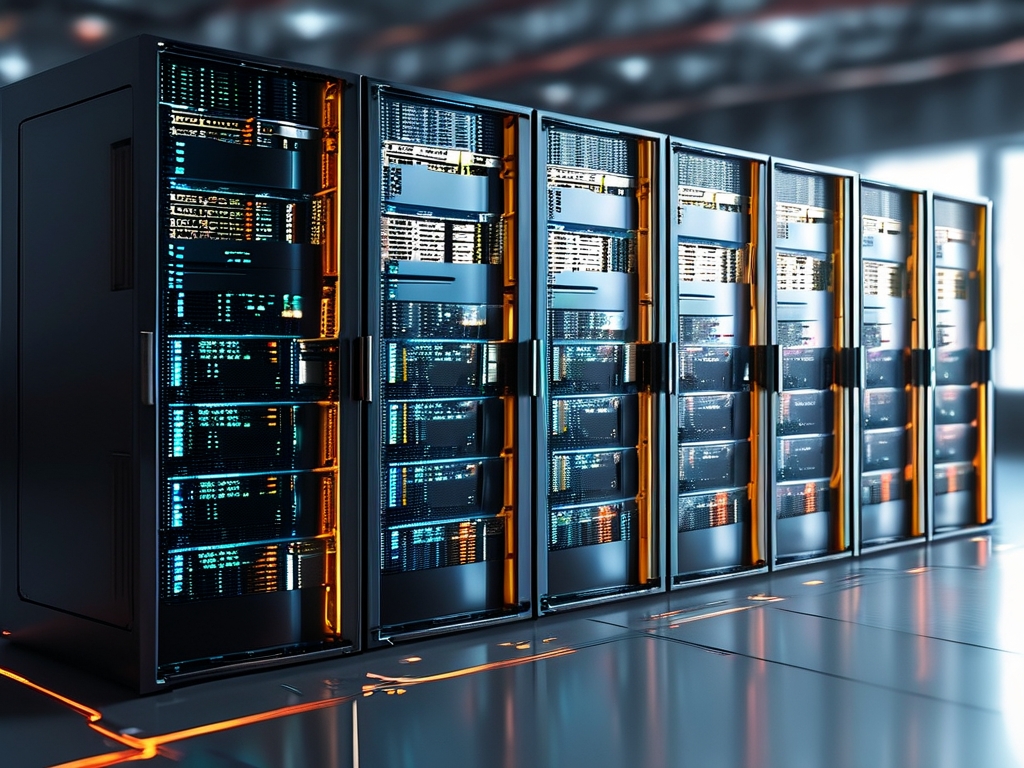
In , the question "How much memory is enough?" has no fixed answer. It evolves with algorithmic efficiency, hardware innovation, and application demands. For now, AI practitioners must balance cutting-edge capabilities with pragmatic resource allocation, ensuring that memory neither throttles progress nor inflates costs unnecessarily.


